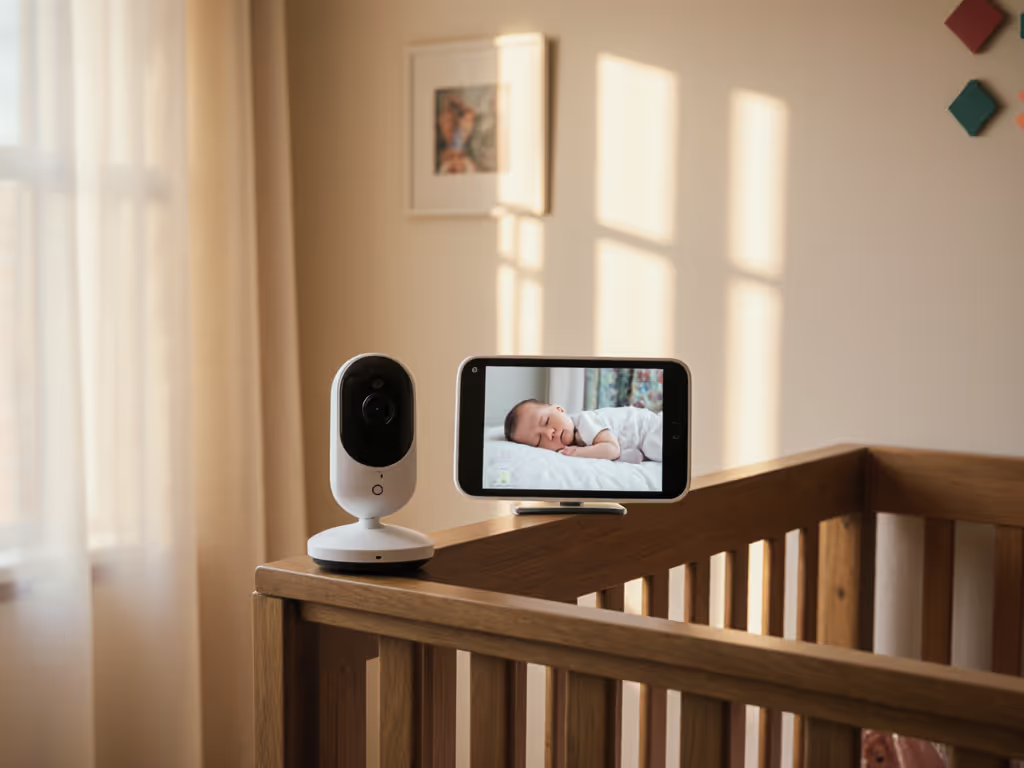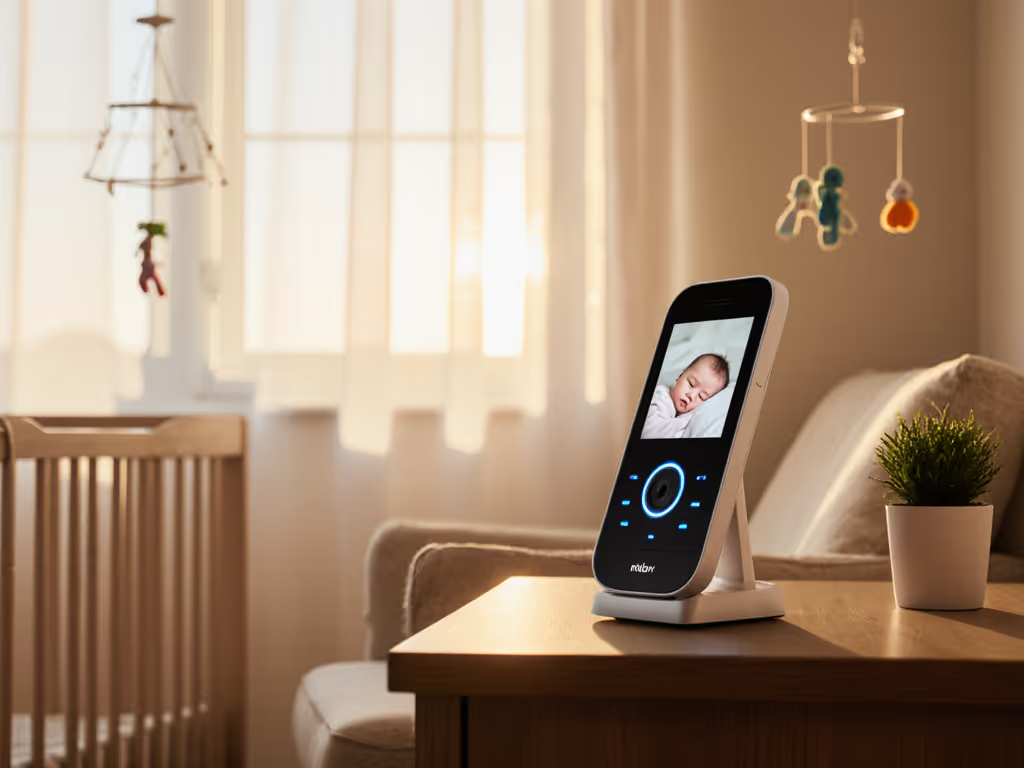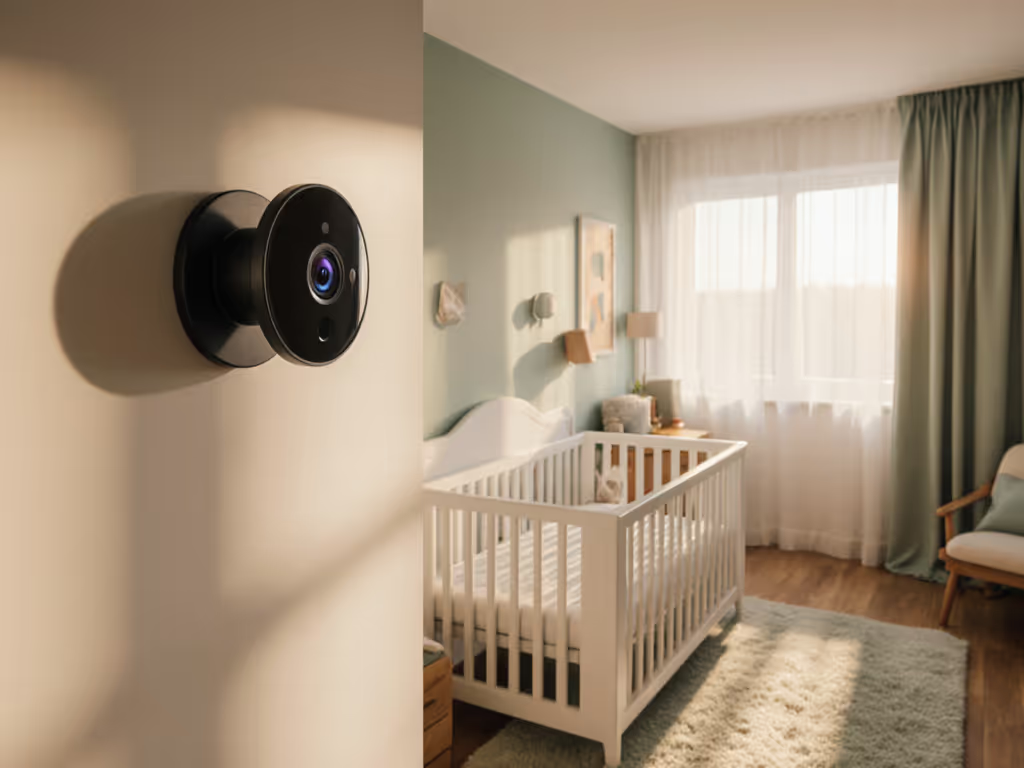
AAP-Backed Baby Monitor Guidelines: Beyond the Hype

When navigating the crowded field of infant monitor reviews, parents need clarity on what medical guidelines for baby monitoring actually recommend. The American Academy of Pediatrics (AAP) positions on crib safety and sleep environments are well-documented, but their guidance on monitoring technology is frequently misunderstood, often through marketing spin that conflates convenience features with medical necessity. As someone who audits network traffic flowing out of homes and validates encryption claims, I see how often 'secure' systems create false confidence while leaking metadata that builds detailed behavioral profiles of families. Let's separate evidence-based recommendations from marketing hype using threat model oriented analysis.
What AAP Actually Recommends (and What They Don't)
The AAP's official stance explicitly states: 'Home cardiorespiratory monitors should not be used as a strategy to prevent SIDS.' This 2022 policy update reaffirmed decades of research showing no evidence these devices reduce infant mortality. Instead, the association emphasizes proven practices like supine positioning on firm surfaces without soft bedding, factors within parental control that account for 70% of sleep-related infant deaths according to CDC data.
Importantly, the AAP doesn't endorse specific baby monitors as medical devices for healthy infants. When they reference monitoring technology in sleep safety contexts, they mean observation, not biometric tracking. Video monitoring helps ensure babies remain in safe positions, while temperature sensors maintain the recommended 68-72°F sleep environment. For accurate readings and guidance, see our room temperature monitor accuracy guide. But these are convenience features, not medical interventions.
Mapping Your Data: The Threat Model of Baby Monitors
Most parents assume 'secure' means encrypted video. True security requires tracing data flow diagrams beyond the login screen. For a clear breakdown of connection types and trade-offs, read our WiFi vs non-WiFi baby monitors comparison. Consider these common scenarios:
-
Cloud-Dependent System: Camera → Internet → Vendor Server → Parent's Phone Threats: Hacked cloud accounts, third-party data sales, firmware vulnerabilities exposing live feeds Evidence gap: No studies prove these features improve health outcomes for healthy infants
-
Local-Only System: Camera → Dedicated Parent Unit (no internet) Threats: Limited to physical proximity (e.g., someone entering home) Evidence alignment: Matches AAP's emphasis on direct observation without digital dependencies
-
Hybrid System: Camera → Local Network → Optional Cloud Critical check: Does video stay on home network by default? Or does metadata (timestamps, device IDs) phone home?
If it phones home, it needs a very good reason.
I've intercepted metadata streams from 'privacy-focused' monitors showing device IDs and signal strength beacons pinging servers at 3 a.m. even when parents weren't viewing feeds. This isn't encryption failure; it's intentional design for vendor analytics. True local-first systems eliminate this risk entirely. If you prefer internet-connected options, follow the practices in our secure WiFi baby monitors guide to minimize privacy risks.
Evidence-Based Selection Framework
When evaluating monitors against pediatric safety recommendations, prioritize these evidence-backed criteria:
1. Does It Align with Core Safe Sleep Practices?
- Video clarity that shows chest movement without IR glare (proven to help maintain supine positioning)
- Non-intrusive temperature alerts that prevent dangerous room fluctuations
- Audio-only modes that don't encourage unnecessary crib approaches
2. What Data Actually Leaves Your Home?
Request firmware policy checks from manufacturers:
- Does the device require an account? (AAP notes accounts aren't medically necessary)
- What metadata transmits during standby? (Many send 'heartbeat' signals)
- Can you disable all outbound connections without losing core functionality?
3. Real-World Reliability Over Hype
Focus on features with clinical relevance rather than speculative AI:
- VOX (voice-activated video) that minimizes false positives from white noise machines
- Battery life tested during outages (critical for maintaining observation continuity)
- Physical disconnect options for camera/microphone (more reliable than software toggles)
The AAP's position against biometric monitors for healthy infants isn't skepticism about technology, it's insistence on evidence. When marketing claims outpace clinical data, parents pay financially for features that may increase anxiety without safety benefits.
Practical Hardening Checklist
Apply this plain-language crypto approach to your current or prospective monitor. For each feature, ask: "Does this leave the home network?"
Required Verification Steps:
- Conduct a network sniff test: Use free tools like Wireshark to check for outbound connections when the monitor isn't actively viewed
- Disable cloud features: See if video/audio still functions locally (if not, it's not truly local-first)
- Verify IR performance: Test night vision in pitch-black conditions to ensure proper breathing visibility
- Check physical security: Ensure cords are fully out of baby's reach per AAP safety reminders
Critical Firmware Checks:
- Does the manufacturer publish a vulnerability disclosure policy?
- Are updates signed to prevent malware injection?
- Is there a kill switch for all wireless transmissions?
Parents using local-only monitors report reduced anxiety, both about sleep safety and data security. Their threat models align with reality: risks within their control (like unsafe sleep environments) rather than theoretical fears amplified by unreliable biometrics.
Minimize Attack Surface, Maximize Peace of Mind
The strongest alignment with evidence-based baby monitoring isn't a specific product, it's a principle. Prioritize devices that deliver observation without creating exploitable systems. When you eliminate unnecessary data flows, you remove the need to trust vendor security promises. You can verify this through simple network tests rather than relying on marketing claims about encryption.
Parents own their homes and data. Monitoring a crib shouldn't entail monitoring a household. The most doctor-approved baby monitors are those that function as simple observation tools, not internet-connected appliances that treat your nursery as a data source. After resetting credentials and switching to a local-only system for one family, I watched their anxiety drop alongside the network logs. Their child's safety remained the focus, not the vendor's data harvesting.
Next Steps for Evidence-Focused Parents
- Contact your pediatrician about your specific concerns - ask how they'd verify a monitor's security claims
- Download the Electronic Frontier Foundation's IoT Security Checklist for parents
True safety comes from understanding what a device actually does with your data, not what its marketing promises. By demanding transparency about data flows and requiring verifiable local operation, you create the layered protection that evidence shows matters most: control over your environment, both physical and digital.




